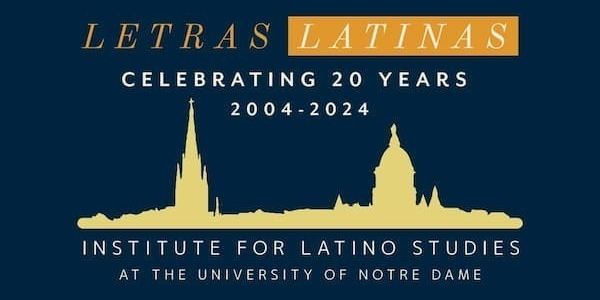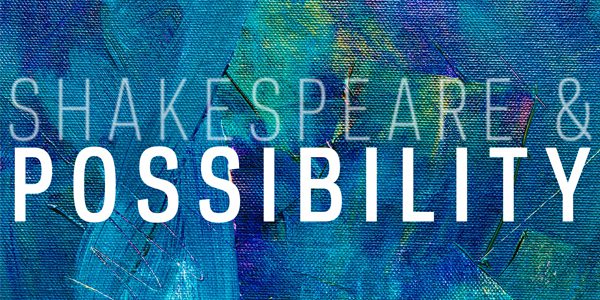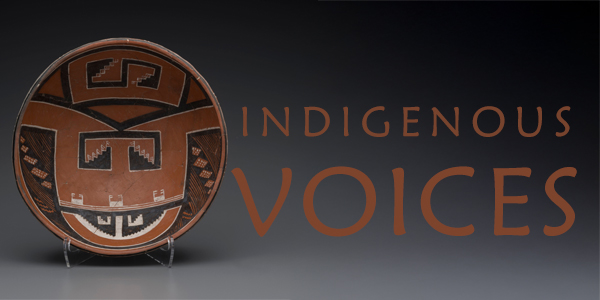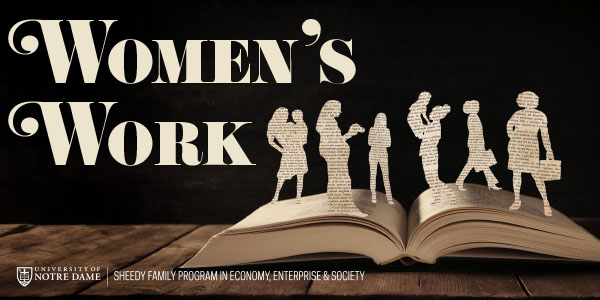Pictographic War Record
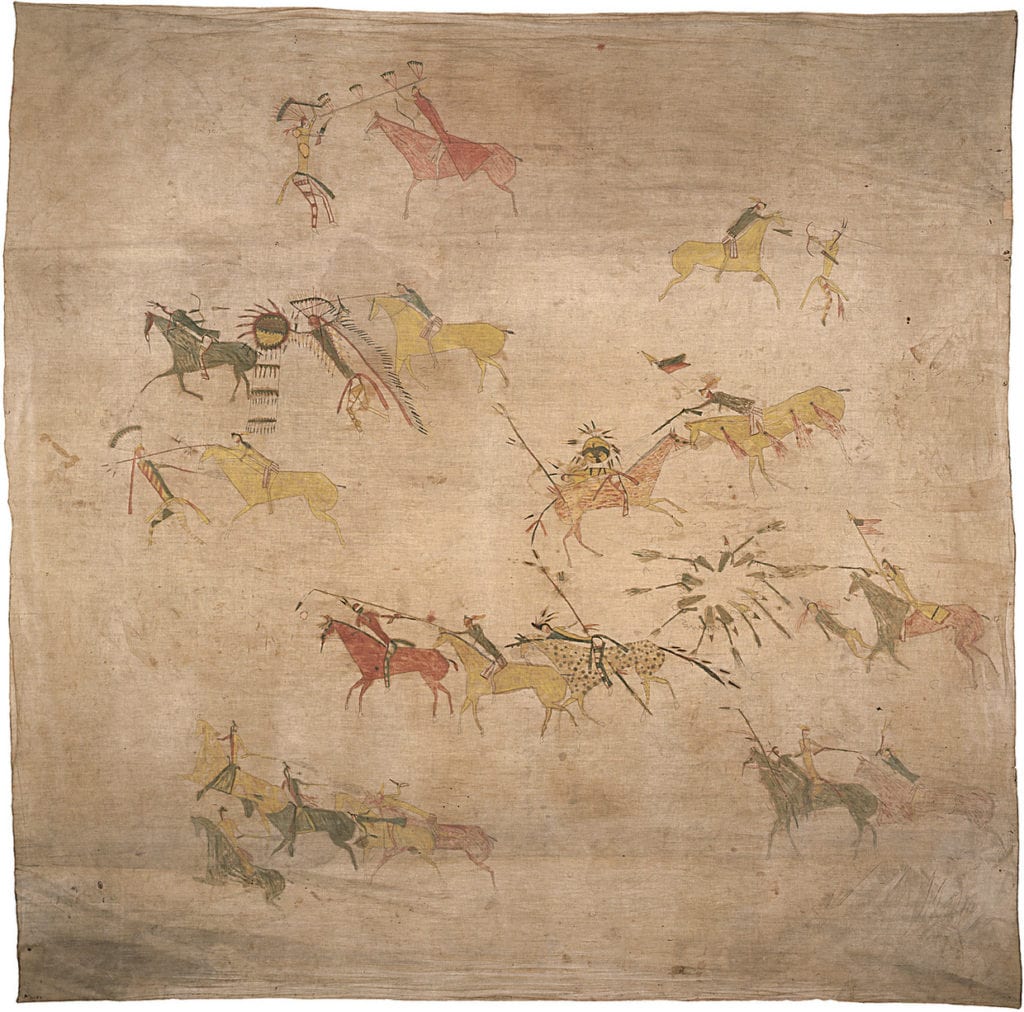
ABOUT THE ARTWORK
Who made it?
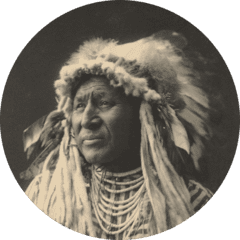
Mee-nah-tsee-us or White Swan was a member of the Apsáalooke or Crow tribe which resides in what is today western Montana. It is believed he was born around 1851 and died when he was in his 50s in 1904. Mee-nah-tsee-us was a skilled Apsáalooke warrior and became a scout for the U.S. Army in 1876 to aid in their campaign against the Sioux and Northern Cheyenne (two long-time enemies of the Apsáalooke). He was the oldest of six Apsáalooke warriors to serve as scouts for General George A. Custer during the Battle of the Little Big Horn. During the battle, he repeatedly sought out direct combat with multiple Sioux and Cheyenne warriors. Mee-nah-tsee-us was the only scout to be wounded in action, suffering severe wounds to his hand, leg/foot, and head. These injuries rendered him both unable to hear and unable to speak for the remainder of this life. In spite of the serious injuries, Mee-nah-tsee-us continued to work as a scout for the Army until 1881. Upon his retirement from military service, he set about visually recording his deeds in battle, as was the tradition for Apsáalooke warriors.
What’s going on in this work?
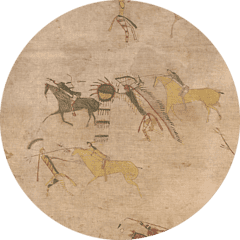
Skilled native warriors of the Northern Plains were entitled to paint their battle deeds on clothing or property so that their stories of bravery could be seen by all. These records were traditionally painted on animal skin (buffalo and deer) but later, when the reservation period began, they were done on muslin and paper (due to a lack of access to animal hides).
This is the largest and earliest known painting by Mee-nah-tsee-us. At least fifteen paintings have been attributed to Mee-nah-tsee-us, linked to one another by the many scenes they share and to Mee-nah-tsee-us by similarities in style to the few for which his name is definitively known. The works we identify as being created by Mee-nah-tsee-us were all done later in his life, around the time his Army career ended and many were done specifically to sell. This suggests that Mee-nah-tsee-us was, at least in part, acting as a professional commercial artist.
In this piece by Mee-nah-tsee-us he depicts nine different war exploits from throughout his career as a warrior. Each scene illustrates an episode worthy of being counted as a coup (or an act of extreme bravery when facing an enemy in close combat). In each scene, Mee-nah-tsee-us can be identified by two signature elements—his red, white, and black striped loincloth and his yellow and red feathered hair ornament. Only one of the scenes depicted in this piece refers to the Battle of Little Big Horn—it appears on the right side of the cloth and shows Mee-nah-tsee-us riding a yellow horse and carrying a forked flag (the personal insignia of General Custer). He is in active combat with another warrior carrying a shield. This specific exchange and reference to The Battle of Little Bighorn appears only once in all of Mee-nah-tsee-us’s known works.
You can find a more detailed exploration of each of the battles depicted in this work in the Father Lindsmith Collection: History into Art and Anthropology catalog beginning on page 59.
Take a closer look.
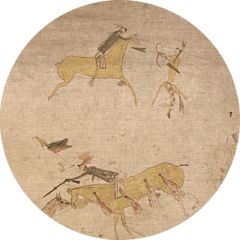
Click on the image of Pictographic War Record above to see larger versions of the work. Look closely at the work and use these questions to guide your looking. Share your thoughts with your family and friends virtually or with us by responding to this email.
- What’s going on in this picture? What do you see that makes you say that?
- Why would Mee-nah-tsee-us paint several battles he fought in all in one painting? What purpose would this serve? What do you see that makes you say that?
- What can we learn about the artist by looking at this pictograph? What do you see that makes you say that?
To receive the collection in your inbox, join the Raclin Murphy Museum’s mailing list.
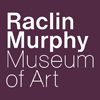
Engage with the Raclin Murphy Museum of Art by exploring their collection through background information and reflection questions. For more information on the collections, please visit the Raclin Murphy Museum of Art website.
Learn MoreJuly 20, 2020
More Like This
Related PostsLet your curiosity roam! If you enjoyed the insights here, we think you might enjoy discovering the following publications.

